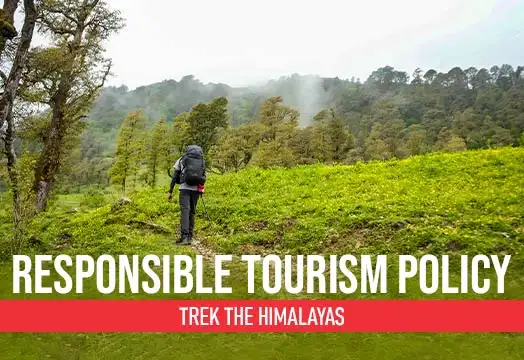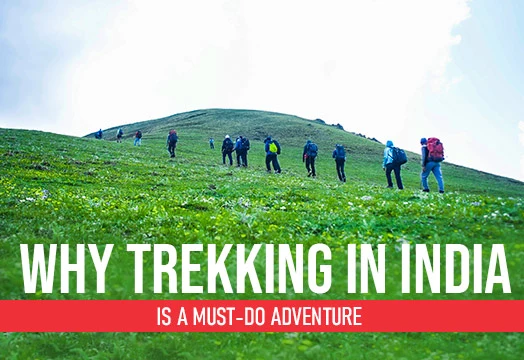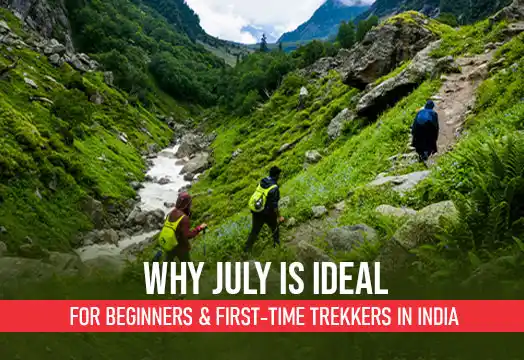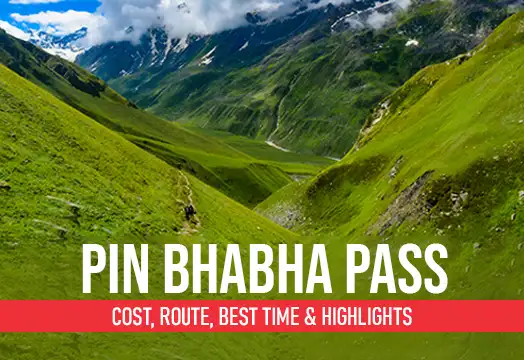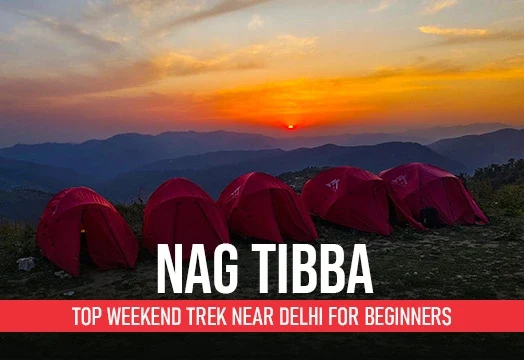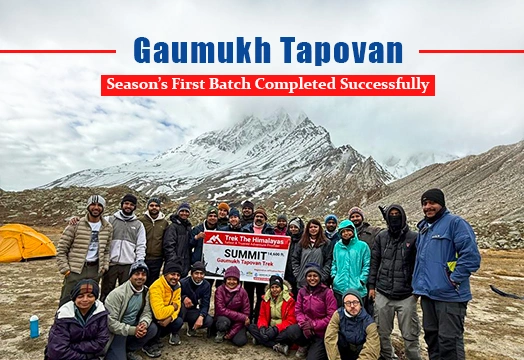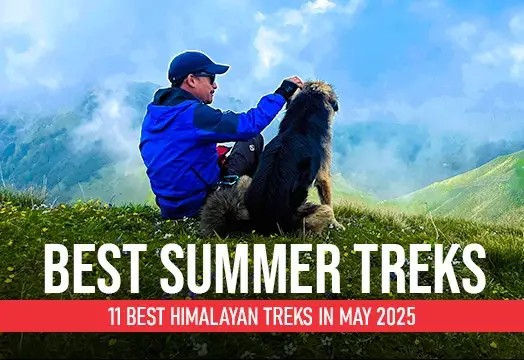The Uttarakhand Himalayas boast of numerous beautiful and unique trekking destinations and the Valley of Flowers Trek is one of them. Located in the Garhwal Himalayas, this trek takes you to a stunning valley covered in length and breadth in a vivid display of floral wonder. At a lofty height of 3,600 m, the valley is embellished with a multitude of exotic and rare Himalayan blossoms covering the vast expanse of land, making it one of the most gorgeous destinations for trekking in Uttarakhand. The Valley of Flowers is home to about more than 600 species of flowers and herbs making it an ecological hotspot. The rich biodiversity of the Valley of Flowers has earned it the reputation of being a UNESCO World Heritage Site. There’s even more to this trek than the natural beauty it displays. When visiting the Valley of Flowers, you can also trek to Hemkund Sahib, the highest Gurudwara in the world. Set by the Hemkund Lake, the mystical aura of this place is truly remarkable. All this combined together makes Valley of Flowers a must-do adventure in 2024. In this article, we will dive into all the essential details that you need to know about the Valley of Flowers Trek and also provide you with expert tips that will help you make the best of your trekking adventure.
The Rich Biodiversity of the Valley of Flowers
The Valley of Flowers in Uttarakhand is extremely rich in biodiversity making it a paradise for the naturalists. The Valley Flowers is home to many rare species of flora and fauna that add to the magnificence of the trek.
Fauna
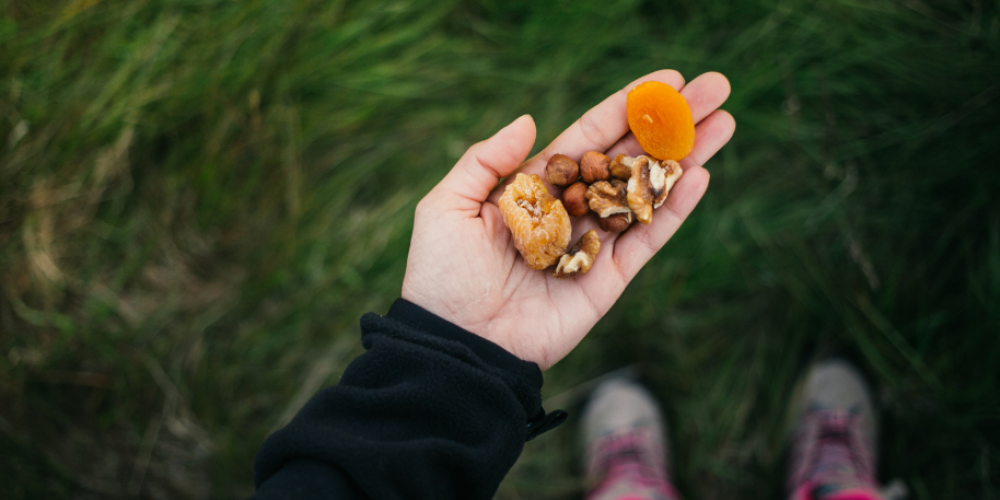
The Valley of Flowers boasts an impressive record of 13 species of mammals, each contributing to the region's rich wildlife. Among the notable inhabitants are the Himalayan Tahr, Snow Leopard, Musk Deer, Red Fox, Common Langur, Serow, Bharal, Himalayan Brown and Black Bear, flying squirrel, Himalayan weasel, Himalayan yellow-throated Marten, Himalayan Goral, and Indian Chevrotain. This diverse array of mammals reflects the valley's unique ecological importance in maintaining the intricate balance of nature.
Adding to the charm of the Valley of Flowers are some unique avian species. The presence of Griffon Vulture, Golden Eagle, Himalayan Snow Cock, Snow Partridge, Snow Pigeon, Sparrow Hawk, and the vibrant Himalayan Monal turns the trek into a birdwatcher's paradise.
Flora
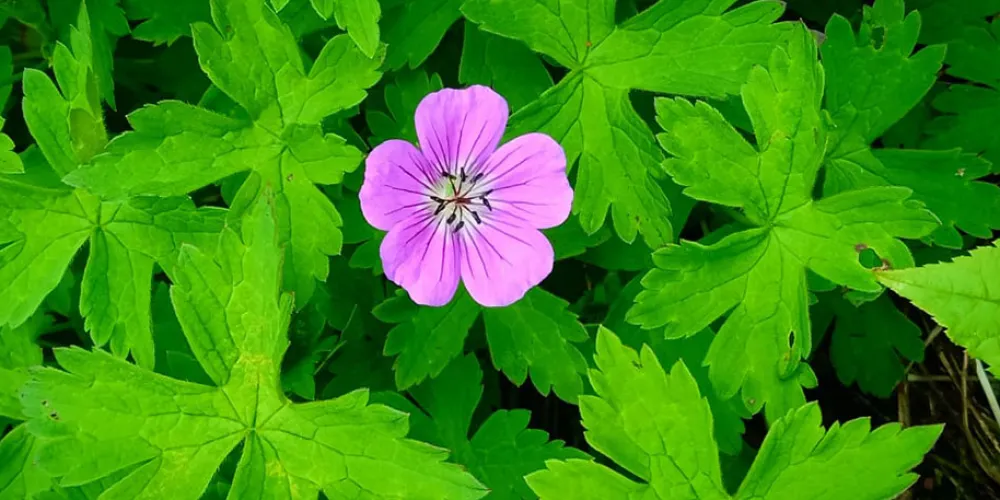
The biodiverse haven of Valley of Flowers features as many as 520 varieties of plants. Among these, an impressive 498 are flowering plants while others are trees and some are medicinal herbs like Aconitum heterophyllum, Arnebia Benthamii, A. Falconeri, Gymnadenia Orchids, Dactylorhiza Hatagirea, Megacarpaea Polyandra, and Fritillaria Roylei, among many others.
Flowering plants like Poppies, Orchids, Marigolds, Primilas, Daisies, Geraniums, Petunias, Lilies, Calendula, Sediams, Zinnia, and numerous others enhance the beauty of the region. Rare flower species like the Himalayan Blue Poppy and Brahma Kamal can also be spotted here.
The Valley of Flowers in Uttarakhand is a testament to the extraordinary biodiversity that graces the Himalayan region.
Route Details for the Valley of Flowers Trek
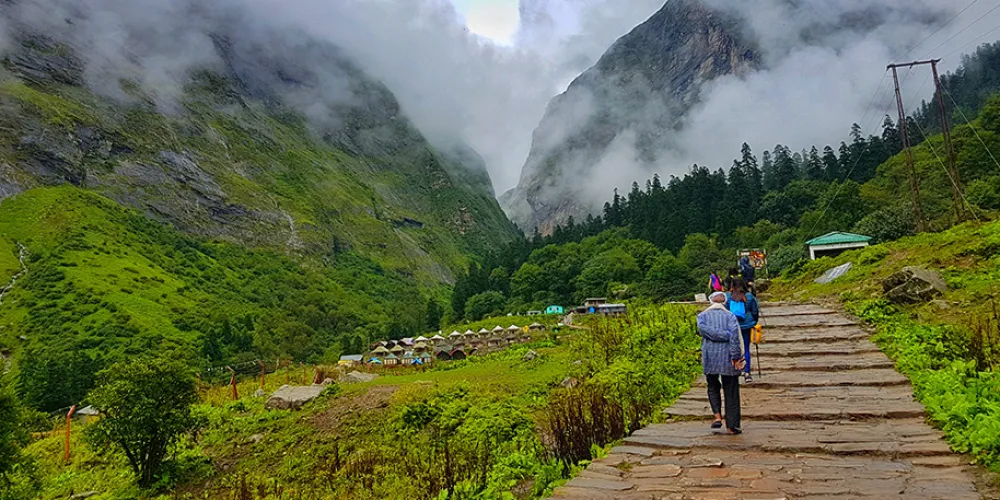
The Valley of Flowers Trek starts from Pipalkoti, a quaint village in the Chamoli district of Uttarakhand and takes you through Govindghat, Ghangaria, Valley of Flowers, Hemkund Sahib and back to Pipalkoti.
A Brief Itinerary
Day 1: Rishikesh to Pipalkoti
A 9-hour drive from Rishikesh leads you to Pipalkoti, the river Alakananda flows alongside you throughout the journey. Along the route, you will cross 4 of the 5 ‘Prayag’ (holy confluences).
Day 2: Pipalkoti to Ghangaria via Govindghat
Along the way, you'll witness the final confluence at Vishnuprayag. Our trek officially begins from Pulna, a scenic starting point.
Day 3: Ghangaria to Valley of Flowers and back
Today, we trek to the Valley of Flowers, a mesmerizing 4 km journey. The valley stretches for 6-7 km and is home to an array of colourful flowers. Don’t forget to keep your cameras ready!
Day 4: Ghangaria to Hemkund Sahib and back
Early morning, we embark on a 6 km trek to Hemkund Sahib, the world's highest Gurudwara. Witness the rare Brahmakamal and Himalayan blue poppy along the way.
Day 5: Ghangaria to Govindghat and drive to Pipalkoti
We bid farewell to the beautiful Valley of Flowers and descend to Govindghat. From there, we drive to Pipalkoti, ending the trek.
Day 6: Drive from Pipalkoti to Rishikesh
Bid adieu to the mountains as we drive through the same scenic route that we cam in and return to Rishikesh ending this beautiful Himalayan sojourn.
Best Time to Visit Valley of Flowers Trek
The best time to do Valley of Flowers is from July to September when the flowers are blooming abundantly. The monsoon rejuvenates the trees and plants in the valley and at this time the flowers are in full bloom. If you want to see the Valley of Flowers in all its flower-draped glory then these three months are the best time to visit.
Travel & Trekking Tips for Valley of Flowers Trek
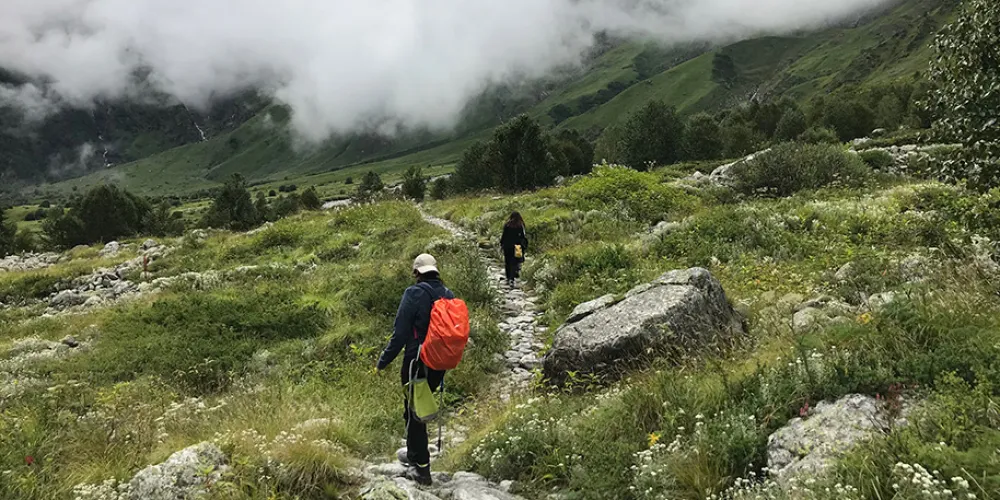
- Thorough planning is crucial for the Valley of Flowers Trek. Check the weather conditions, obtain required permits, and choose a reputable trekking operator if you're not going independently.
- The Valley of Flowers is accessible only during the summer months, generally from June to September. The weather during this period is pleasant, and the valley is adorned with a myriad of colourful flowers in full bloom. Monsoon rains are also prevalent, so be prepared for occasional showers.
- Choose lightweight and moisture-wicking clothing to stay comfortable during the trek. Pack essentials such as a sturdy backpack, rain gear, trekking shoes, a first aid kit, and a water bottle. Don't forget to carry a hat, sunglasses, and sunscreen to protect yourself from the strong mountain sun.
- Rain cover for your backpack and rain poncho is a must as you may receive drizzles to heavy rains during the trek.
- The trek to the Valley of Flowers involves moderate to strenuous uphill climbs. Prioritize cardiovascular exercises and strength training in your fitness routine to prepare your body for the physical demands of the trek.
- The Valley of Flowers is surrounded by local communities with a rich cultural heritage. Be respectful towards the locals, their customs, and the environment.
- The trek takes you to an altitude of above 10000 ft so be wary of the signs of AMS. Educate yourself about the signs and if you notice any signs and symptoms let the Trek Leader know immediately.
- Lastly, follow ‘No Trace Principles’ while trekking and do not under any circumstance litter in the trails.
So that’s all about the Valley of Flowers Trek. Hope this guide will come in handy to help you plan for your adventure. Follow the tips to prepare yourself to embrace the captivating beauty of the Himalayas.
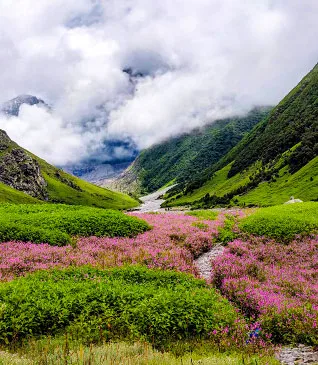
.webp)
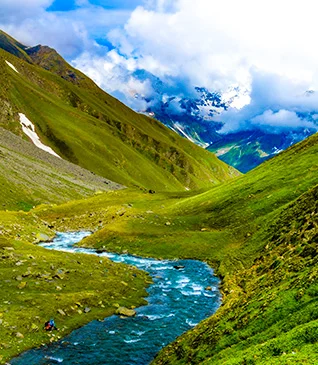
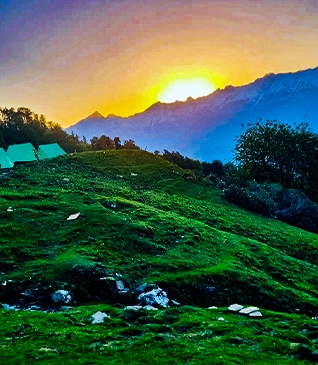
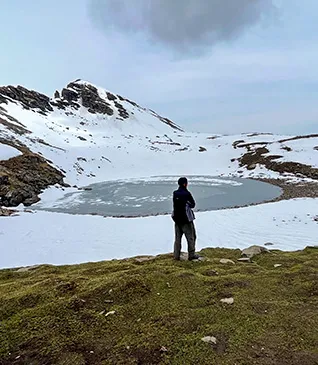
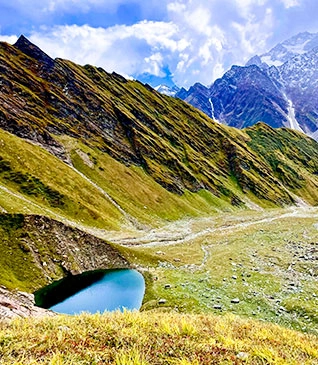
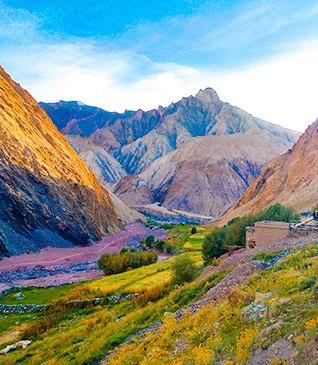
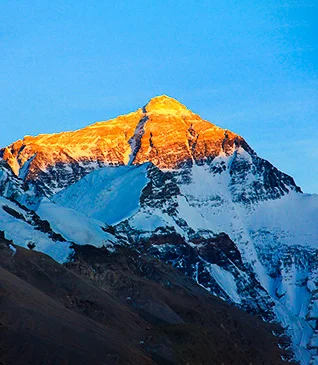
.webp)
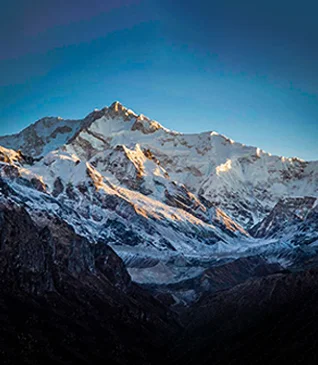
.webp)
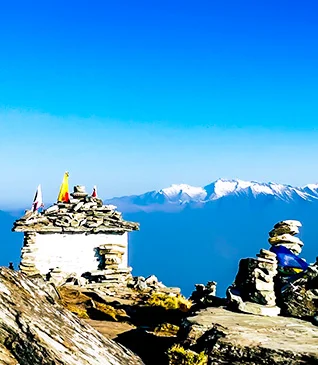
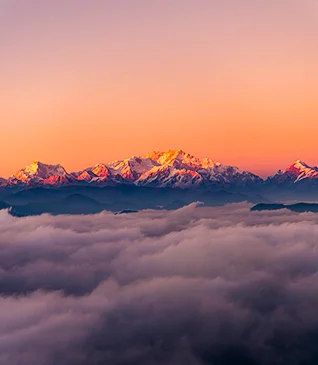
.webp)
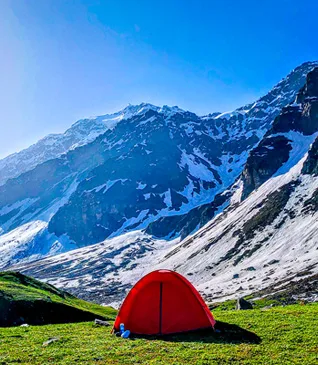
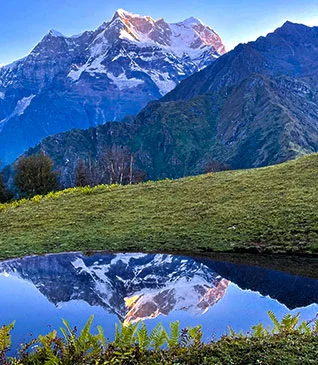
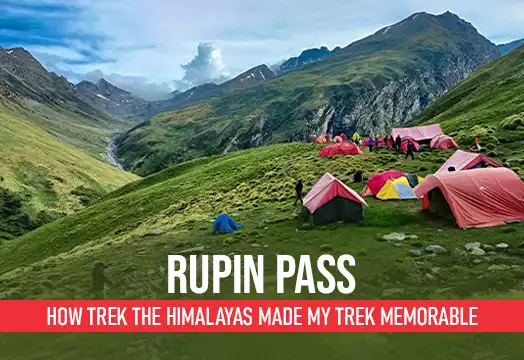

.webp)
